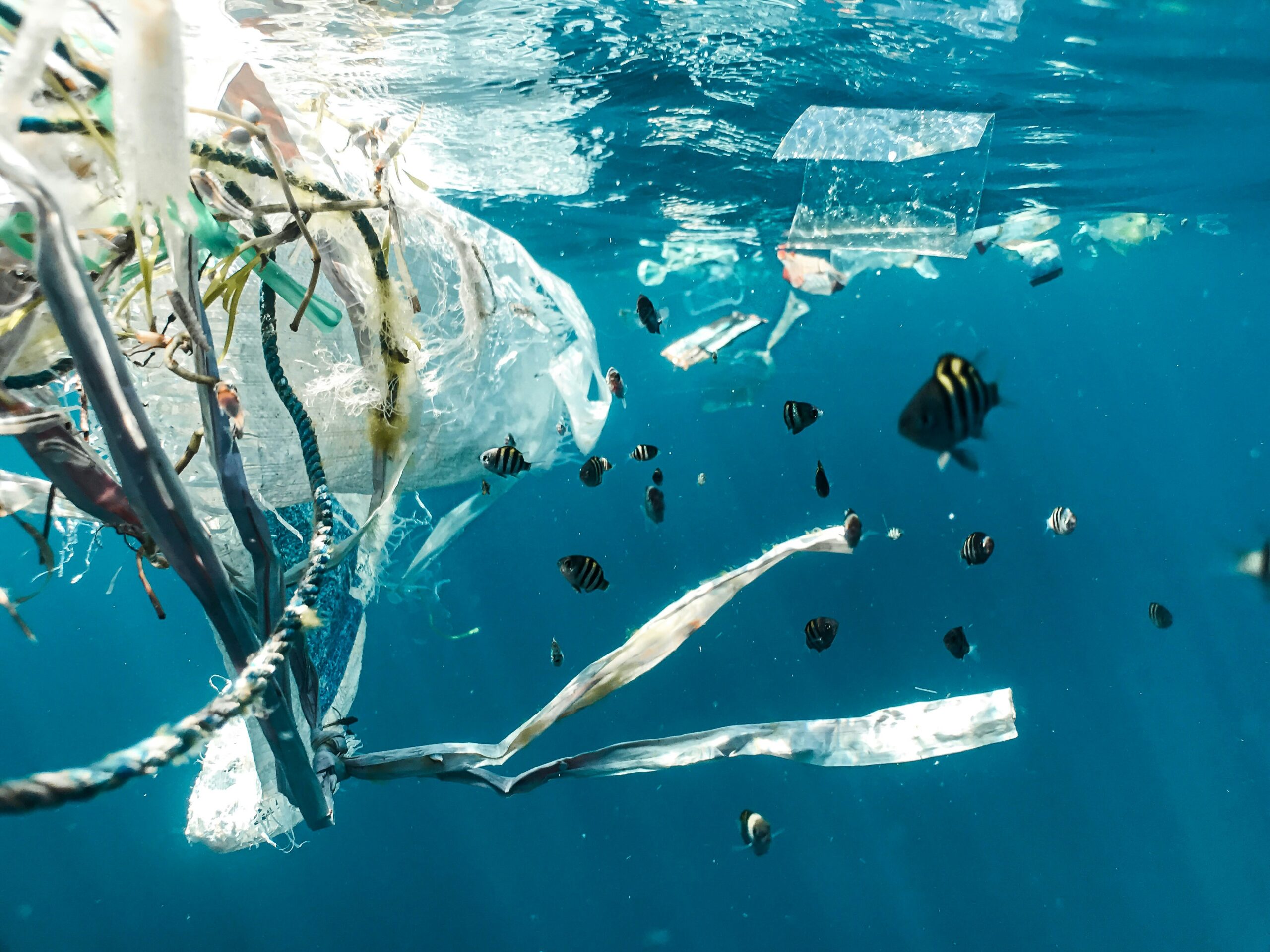Biden Administration Champions Carbon Capture Technology

Pixabay
The Biden administration is strongly backing technology designed to extract carbon dioxide from the atmosphere, a major contributor to global warming. The administration has chosen the initial recipients of a $3.5 billion fund to develop machines that scientists believe are essential to mitigate the most severe impacts of climate change.
Projects put forth by a subsidiary of Occidental Petroleum Corp. for Kleberg County, Texas, and by Climeworks AG, Battelle Memorial Institute, and Heirloom Carbon Technologies, Inc. for Calcasieu Parish, Louisiana, have been selected for the first portion of funding, which amounts to up to $1.2 billion, according to the announcement from the Energy Department.
Like a Colossal Vacuum
Describing the technology, Energy Secretary Jennifer Granholm it is like a colossal vacuum capable of extracting decades’ worth of carbon pollution directly from the atmosphere.
She emphasized that if deployed on a large scale, this technology could significantly contribute to achieving our net-zero emission objectives.
Upon becoming operational, these facilities are projected to eliminate over 2 million metric tons of carbon dioxide annually from the air, equivalent to removing nearly half a million gasoline-powered cars from the roads, as highlighted by Granholm.
The Energy Department said it will unveil more projects in the upcoming year.
Furthermore, the agency disclosed that it has chosen 19 projects for smaller-scale “award negotiations,” including a $3 million award for a direct air capture (DAC) hub proposed by a division of Chevron U.S. Inc. in San Roman, California, and a $12.5 million award for the Wyoming Regional Direct Air Capture Hub proposed by the privately held Carbon Capture Inc.
DAC involves the use of machines to extract CO2 from the surrounding air and employ various techniques to store it.
Although the DAC industry is still young and evolving, Climeworks AG, a Swiss startup, operates the world’s largest DAC facility in Iceland, capable of capturing 4,000 tons of CO2 annually.
However, this is only equivalent to a few seconds’ worth of humanity’s carbon emissions.
Climeworks is currently in the process of constructing a plant that they claim will have the capacity to capture 36,000 tons of CO2 each year.
Other startups are also aiming to establish facilities capable of capturing thousands of tons of greenhouse gases from the air. Nonetheless, despite these efforts, DAC remains costly and energy-intensive.
Carbon capture: A pivotal solution for climate preservation
In the coming decades, rapid scaling of DAC, along with other forms of carbon dioxide removal, will be essential.
Climate scientists assert that nearly every scenario to limit global warming to the 1.5-degree Celsius target established by the Paris Agreement will necessitate the removal of billions of tons of carbon from the atmosphere annually by the mid-century.
A key milestone to gauge the feasibility of this endeavor is the industry’s ability to capture 1 million tons of CO2 per year by 2030. According to BloombergNEF research, if the world prioritizes high-quality carbon removal over offsets, the market for these services could potentially reach $1 trillion before the 2030s conclude.
While approximately 18 direct air capture projects are currently operational worldwide, the projects the Energy Department has announced will mark the first large-scale commercial deployment of this technology in the United States.
Sasha Stashwick, director of policy for Carbon180, an organization dedicated to carbon removal policy, highlighted that the overall funding represents a 400-fold increase in DAC capacity and signifies a significant milestone in the realm of carbon removal.
Stashwick emphasized, “This represents a major development in the field of carbon removal.”
It will become the largest deployment of carbon removal technology to date, said Stashwick.









